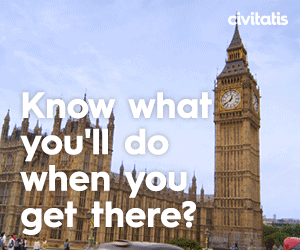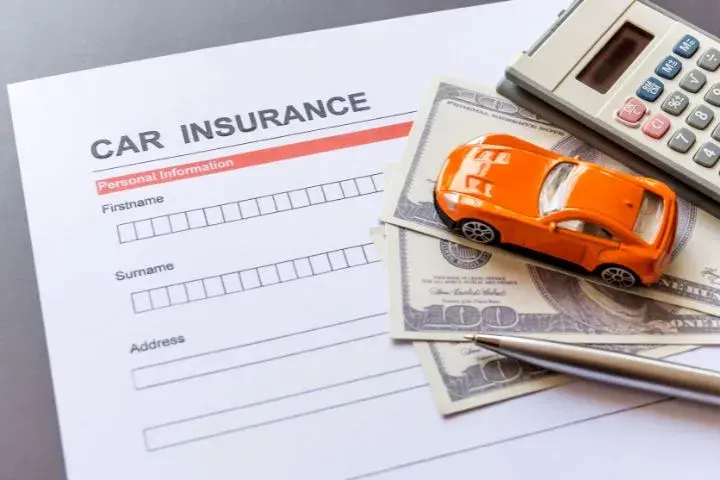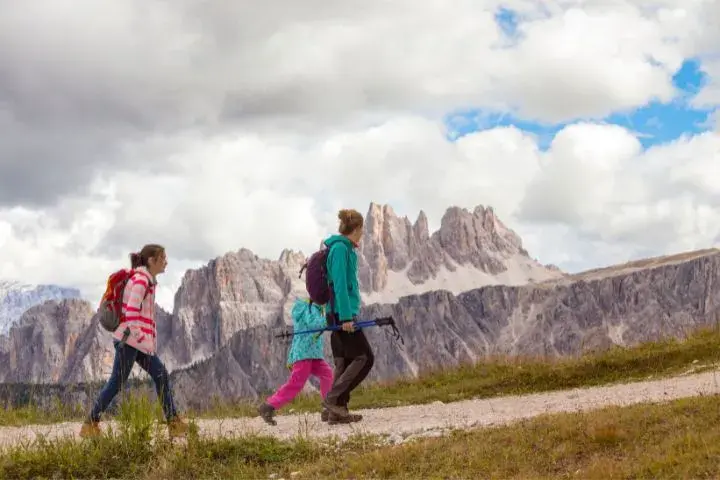Italy ZTL Zones Driving Guide for Tourists 2025

by Hwan | Last Updated April 17, 2025

Imagine this scenario: You’ve just returned from a magical Italian vacation, reminiscing about the delicious pasta and stunning architecture, when suddenly—an unexpected Italian traffic fine arrives in your mailbox!
According to recent statistics, over 60% of tourists who rent cars in Italy unknowingly violate ZTL zones, resulting in fines that can reach up to €100 per violation.
These “Zona Traffico Limitato” (Limited Traffic Zones) are a common feature in Italian cities, designed to preserve historic centers and reduce congestion. But for visitors, they can be a confusing and costly surprise!
This comprehensive guide will cover everything you need to know about navigating Italy ZTL Zones Driving Guide as a tourist in 2025, ensuring your Italian driving adventure remains ticket-free and stress-free.
What Are ZTL Zones and Why Do They Exist?
Let me tell you, ZTL zones (Zona Traffico Limitato) are basically Italy’s way of saying “cars not welcome here!” I learned this the hard way after getting a €90 fine in Florence back in 2019.

These restricted traffic areas were first introduced in the 1980s when Italian officials realized their gorgeous historic centers were being damaged by too many vehicles.
The idea is super simple – limit cars to preserve centuries-old streets that weren’t built for modern traffic. Trust me, these zones work! In Florence alone, air pollution dropped by 31% within two years of implementation.
You’ll encounter three main types of ZTLs:
- Permanent (no vehicles ever)
- Time-restricted (usually active 7 am-7 pm)
- Seasonal (common in beach towns during summer)
The signs marking entrances can be confusing – they’re white circles with red borders, but the hours are often written in Italian. Been there, done that, got the ticket!
Most Common ZTL Zones in Popular Italian Tourist Destinations 2025
Rome‘s ZTL zones got even trickier in 2025, with that new extension reaching all the way to the Colosseum area! I nearly got caught last month when they changed the boundaries without much notice. The historic center zone runs 6:30 am-6 pm on weekdays and 2 pm-6 pm on Saturdays, which caught my sister-in-law off guard when she visited.
Florence probably has the most confusing system I’ve ever navigated – five different sectors that operate on different schedules! The Santa Maria Novella area is particularly strict, active 24/7 with fines of €80 that can take months to arrive.
Venice is a whole different ball game – cars aren’t allowed past Piazzale Roma, period.
Milan‘s Area C charges a €5 entry fee even when you’re allowed in! And don’t get me started on Bologna‘s system – those cameras are everywhere, and they’ve caught over 25,000 tourists in 2024 alone.
Heads up for Siena visitors – they’re expanding their ZTL in June 2025!

How to Identify ZTL Zones While Driving
Spotting those ZTL signs can be an absolute nightmare when you’re focused on not scraping your rental car on those narrow Italian streets! The main sign to watch for is a round white circle with a red border – it’s super easy to miss if you’re distracted by that gorgeous cathedral on your right.
The cameras are usually mounted just past these signs, and lemme tell you, they snap your license plate faster than you can say “gelato.” I’ve learned to scan for those small rectangular boxes mounted on poles about 10 feet high.
In 2025, the ZTL.Italy app has been a total lifesaver with real-time alerts when you’re approaching restricted zones. Permanent ZTLs have solid red circles, while time-restricted ones display hours underneath (usually in 24-hour format).
The most confusing thing? Many tourists think the “Zona Pedonale” signs are the same as ZTLs – they’re not! Those mean no vehicles whatsoever, while ZTLs sometimes allow hotel guests or permit holders. I’ve been caught by that mistake twice!
Technology Tools to Help Tourists Navigate ZTL Zones in 2025
Thank goodness for tech in 2025! The ZTL.Map Pro app has literally saved me hundreds in potential fines with those real-time alerts that buzz 500 meters before you hit a restricted zone. Worth every penny of the €4.99 price tag.
Google Translate’s camera feature has improved tons for reading those confusing Italian signs – just point your phone and voilà, instant translation. Saved my bacon when I spotted a temporary ZTL in Verona that wasn’t on any map.
The new QR code posts at major ZTL entry points are super helpful, too. Just scan it with your phone, and you’ll get the exact operating hours and alternative routes. I wished these existed years ago when I got slapped with that €70 fine in Florence! Most rental cars now have QR scanners built into their dashboards, which makes checking restrictions way less stressful.

Penalties and Fines for ZTL Violations
ZTL fines in 2025 will make your wallet cry! Base penalties now start at €83 for a single violation and can jump to €120 if you don’t pay quickly. I made this mistake in Milan last summer and ended up paying nearly double because I ignored the first notice.
Those sneaky cameras capture your license plate instantly and match it against permitted vehicles. For us tourists, the rental company gets contacted first, then they happily forward your info to authorities (plus charge you a €45 “administrative fee” – thanks a lot, Avis).
The worst part? These fines take forever to arrive! Most tourists get their tickets 6-12 months after their trip when they’ve totally forgotten about that wrong turn in Siena. Payment deadlines are usually 60 days after receipt, and they do track international violators.

Multiple violations on the same day used to be counted as one offense, but not anymore! Each entrance into a ZTL is now a separate violation, so you could rack up hundreds in fines without realizing it. My cousin got hit with five separate tickets from a single afternoon in Florence!
Appeals are possible but rarely successful for tourists. You’ve gotta file within 30 days and have solid proof like a hotel reservation inside the ZTL. Most folks just end up paying and learning an expensive lesson.
Legal Ways Tourists Can Enter ZTL Zones When Necessary
- Staying at a hotel inside a ZTL? You’re in luck! Most hotels will register your car for ZTL access, but here’s the catch – you gotta email them your license plate number at least 48 hours before arrival. I learned this lesson the hard way in Siena when I forgot to send our rental car details and got slapped with an €85 fine.
- The new TouristZTL app launched in 2025 has been a game-changer for getting temporary permits. It costs €10 for a one-day pass in most cities, but beats paying a hefty fine! Just upload your passport and rental agreement, and you’ll get a digital permit in about 2 hours.
- Travelers with disabilities can get special ZTL access with an international disability permit. My uncle uses a wheelchair and got immediate approval in Florence – they even emailed a special route map to his hotel.
- Some rental companies like Europcar now offer ZTL registration as an add-on service for about €15 per city. Totally worth it! And don’t forget those brief “loading zone” periods – most ZTLs allow 15-30 minute drop-offs between 4-7am, perfect for dropping luggage at your hotel before parking outside the zone.
The municipal police won’t usually ticket you if you’re just dropping someone off and immediately leaving, but don’t push your luck by lingering too long!
Transportation Alternatives for Tourists to Avoid ZTL Complications
Trust me, park-and-ride lots have become my go-to strategy for Italian cities! Rome’s Termini station lot costs just €8 per day and connects to literally everything via the metro. It’s way cheaper than a €100 ZTL fine that’ll show up months after your vacation!
Italian public transit is actually pretty amazing inside those restricted zones. Florence’s electric minibuses (line C1) wind through the tiniest historic streets and a day pass runs about €5. Total bargain compared to the stress of driving.
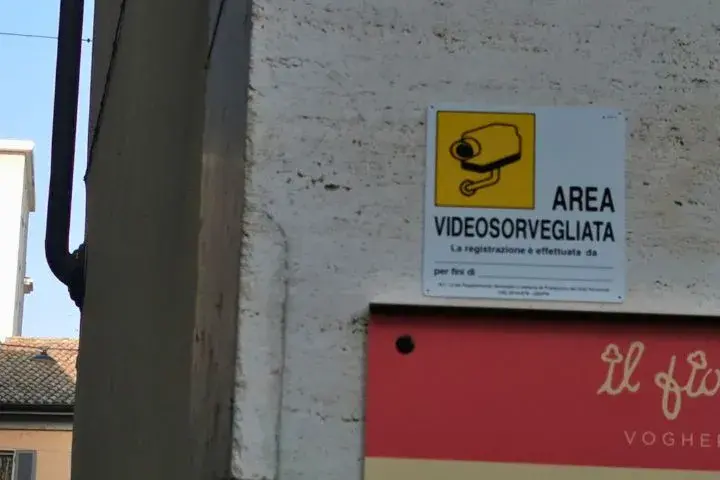
Walking is honestly the best option in most historic centers. I discovered an awesome route in Siena that takes you from Porta Romana to Piazza del Campo in just 12 minutes – beautiful views and no ZTL headaches!
Those electric scooters are everywhere now and completely legal in most ZTL areas. The Lime app has a unique “ZTL-safe” route feature that’ll keep you on approved paths. My kids thought they were the coolest thing ever, and we covered three times the ground we would’ve walked.
Some tour companies like Italy Road Tours now specifically advertise “ZTL-permitted vehicles” for their city tours. The €25 upcharge is totally worth avoiding the ZTL stress!
Real Tourist Experiences and Lessons Learned
Let me tell you about my friend Sarah, who got FIVE separate ZTL tickets for one day in Florence! She could’ve avoided the whole mess by simply parking at the Scandicci lot for €7 and taking the 20-minute tram ride into the center.
The Bologna ZTL claims the most tourist victims (over 30,000 annually) because the signs are positioned after you’ve already committed to turning onto restricted streets. So frustrating! My colleague James avoided this trap by downloading city maps before his trip and marking all ZTL entries with red pins.
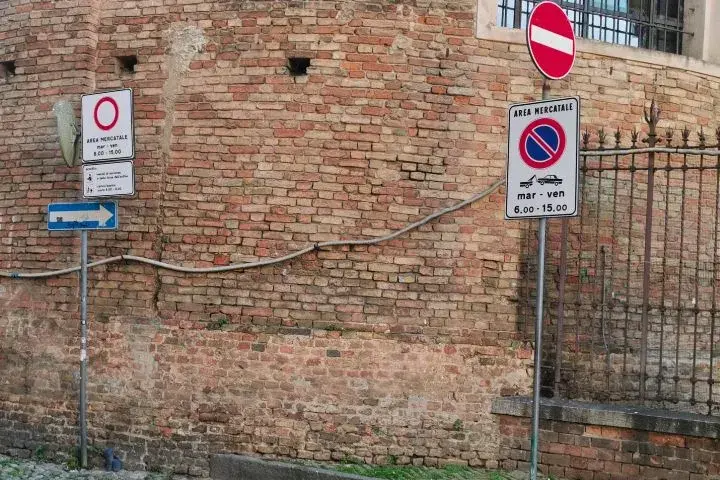
Marco, a driving instructor from Rome, taught me his foolproof technique: “Always look for alternative routes marked with blue signs near historic centers.” This advice saved me in Verona last spring when I almost turned into the notorious Corso Porta Nuova ZTL.
Experienced Italy travelers swear by the “morning museum, afternoon outskirts” strategy – visit city centers early via public transport, then use your rental car for countryside exploring after 2pm when parking gets easier. I’ve used this approach for three Italy trips now without a single ZTL headache!
Conclusion
Navigating ZTL zones in Italy doesn’t have to cast a shadow over your dream vacation! By understanding the purpose behind these restricted traffic areas and arming yourself with the correct information and tools, you can confidently explore Italy’s magnificent cities while respecting local regulations.
Remember to research your destination’s specific ZTL restrictions before arrival, utilize technology to stay informed about boundaries, and consider alternatives like public transportation within restricted areas.
Taking these precautions will allow you to focus on what truly matters—enjoying the incomparable beauty, culture, and cuisine that Italy has to offer! Enjoy a stress-free Italian adventure in 2025!
